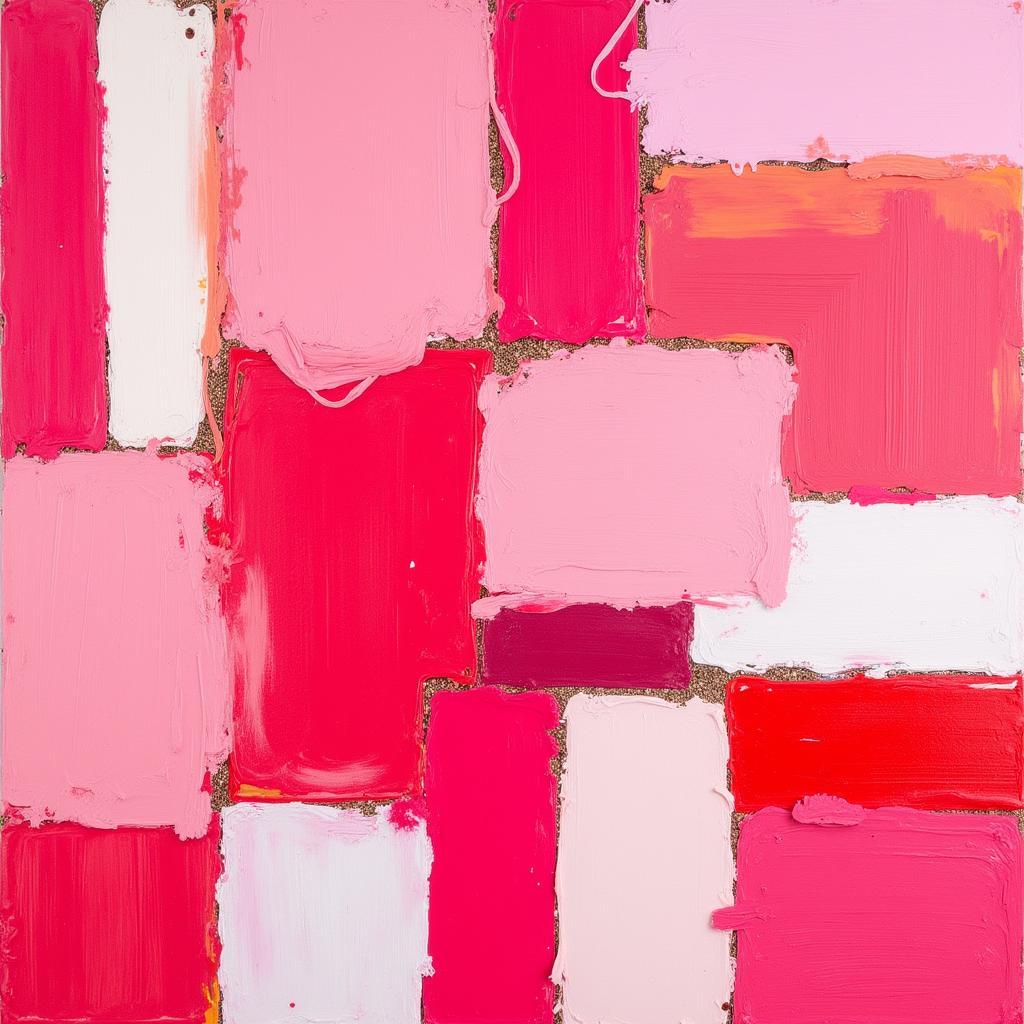Nude Classical Art: A Timeless Exploration of the Human Form
Nude Classical Art, a genre spanning centuries, continues to captivate and challenge viewers. From the graceful sculptures of ancient Greece to the masterful paintings of the Renaissance, the depiction of the nude human form has been a cornerstone of artistic expression. But what is it about nude classical art that continues to resonate with audiences today?
More Than Just Skin Deep: Understanding the Significance
To truly appreciate nude classical art, we must move beyond the surface and delve into its deeper meaning. In many cultures, the naked body was revered as a symbol of purity, vulnerability, and the essence of humanity. Artists, inspired by this reverence, sought to capture not just physical likeness but also the soul, emotions, and virtues embodied within.
For instance, Greek sculptors used the nude form to portray their ideals of beauty, strength, and harmony. The perfectly proportioned bodies of athletes and heroes in works like the Discus Thrower and Venus de Milo became embodiments of human potential, inspiring awe and admiration.
The Renaissance witnessed a resurgence of interest in classical art, leading to a renewed focus on depicting the nude. Artists like Michelangelo and Leonardo da Vinci, through their meticulous studies of anatomy and perspective, breathed new life into the genre. Their works, such as David and Vitruvian Man, celebrated the human form as a microcosm of the universe, reflecting the humanist ideals of the era.
Beyond the Ideal: Exploring Different Facets of Nude Classical Art
While idealized beauty played a significant role, nude classical art went beyond mere physical perfection. Artists explored a range of themes and emotions through the human form. We see the agony of defeat in Laocoön and His Sons, the tender intimacy of love in Cupid and Psyche, and the raw vulnerability of the body in countless depictions of martyrs and mythological figures.
Nude Classical Art Today: Continuing Relevance and Modern Interpretations
The legacy of nude classical art continues to shape contemporary art and inspire artists across disciplines. From photography to performance art, the nude form remains a powerful tool for self-expression, social commentary, and exploring the complexities of the human condition.
Modern artists often recontextualize classical themes and aesthetics, engaging in dialogue with the past while offering fresh perspectives. The exploration of diverse body types, genders, and ethnicities challenges traditional notions of beauty and expands our understanding of the human form.
Conclusion
Nude classical art, far from being a relic of the past, remains a vital and relevant genre. Its timeless beauty, emotional depth, and ability to spark dialogue ensure its enduring legacy. By understanding the historical context, artistic techniques, and evolving interpretations, we can fully appreciate the power and significance of nude classical art in its many forms.




